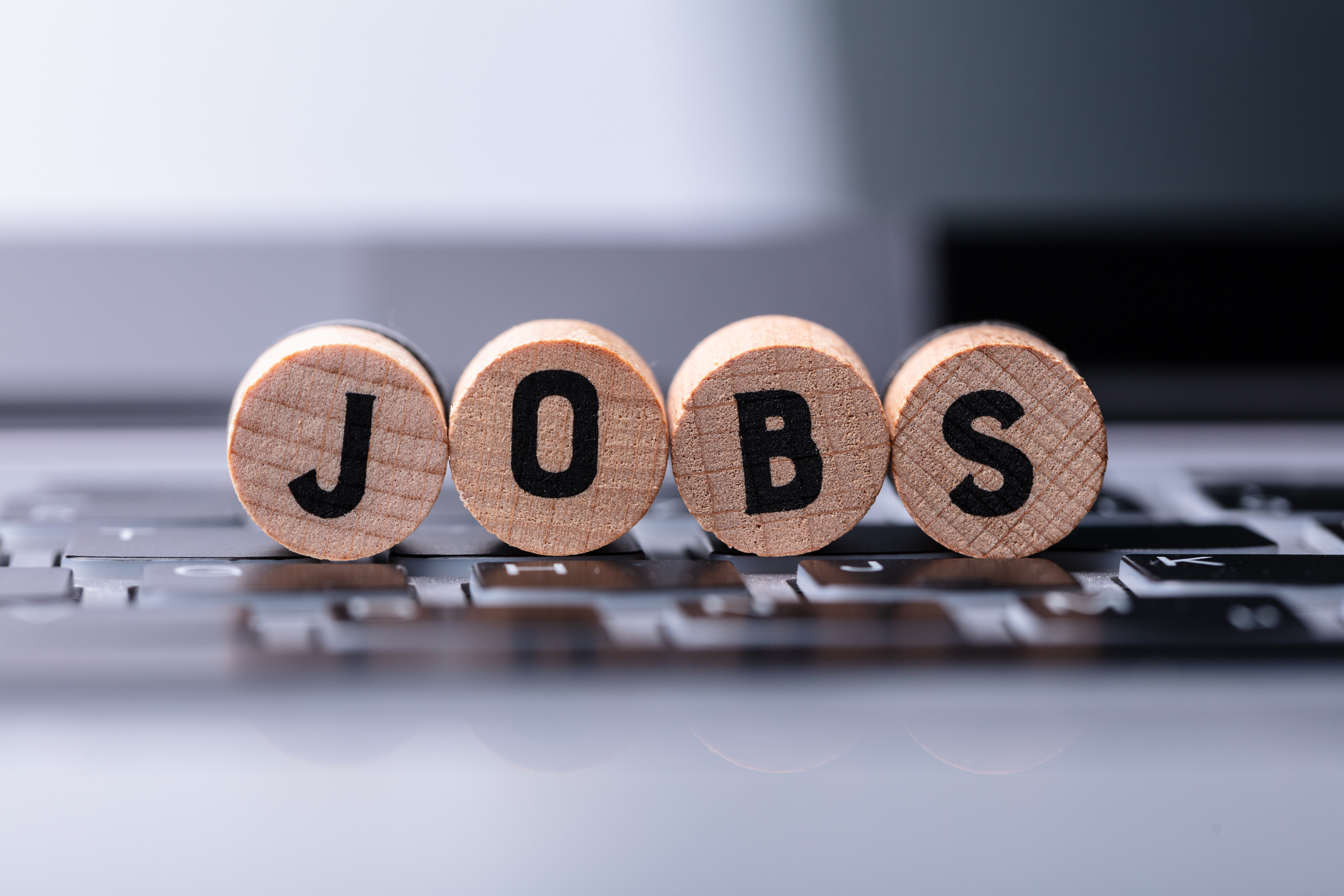Kiplinger Business Costs Outlook: Uncertainty Lower, Costs Higher
Trade deals reduce tariff uncertainty, but lock in higher costs of imports.

Kiplinger Economic Outlooks are written by the staff of our weekly Kiplinger Letter and are unavailable elsewhere. Click here for a free issue of The Kiplinger Letter or subscribe for the latest trends and forecasts from our highly experienced Kiplinger Letter team.
Measures of business uncertainty have begun to ease recently, with tariff deals being announced with Japan and the European Union. The National Federation of Independent Business (NFIB) Uncertainty Index declined in June and will likely come down further in July. When uncertainty declines, businesses tend to be more willing to invest and expand. Perhaps related to the decline in uncertainty is that bank lending for commercial and industrial purposes has bumped up in June and July after staying flat for two years. However, businesses are still showing their caution by limiting their hiring plans.
Labor costs continue to ease slowly at the mid-year mark. Annual wage growth has dipped from 3.9% at the beginning of the year to 3.7% now, and should hit 3.5% by the end of 2025. However, production worker/blue collar wage growth should stay a bit higher, at 3.7%, as slowing immigration reduces labor supply for these jobs. Of course, the construction, agriculture, retail, leisure and hospitality industries will be most affected by possible labor shortages because of their reliance on immigrants.
From just $107.88 $24.99 for Kiplinger Personal Finance
Become a smarter, better informed investor. Subscribe from just $107.88 $24.99, plus get up to 4 Special Issues

Sign up for Kiplinger’s Free Newsletters
Profit and prosper with the best of expert advice on investing, taxes, retirement, personal finance and more - straight to your e-mail.
Profit and prosper with the best of expert advice - straight to your e-mail.
Tariffs will add about 15% to the cost of most imports, on average. Businesses will face the decision of whether to pass that cost along to end-users or customers. Some will accept reduced profit margins in order to maintain current customer relationships. As more trade deals are made and the future landscape turns more predictable, businesses can project pricing decisions better. But the prices of raw materials like steel, aluminum, copper and graphite could jump, given special tariff rates of 50% or more. Commerce Department investigations are continuing for semiconductors, pharmaceuticals and lumber. A lumber import tariff of 35% is expected when that investigation concludes in the next month or two.
Other tariffs that have been implemented include an additional 20% on imports from China, bringing the rate to 30%; 25% on imported motor vehicles; 25% on imports from Canada and Mexico that were not covered under the previous USMCA agreement (which is up for renegotiation in July 2026); and 10% on energy imports from Canada. Recent trade agreements include 15% tariffs on Japan and the European Union, and 10% on the United Kingdom. Important for foreign automakers is that these trade deals mean a reduction from the original tariff of 25% imposed on auto imports back in April.
The cost of shipping by truck will follow the seasonal pattern of the past two years. Rates have fluctuated in a narrow band for a while, and won’t pick up appreciably until demand for manufactured goods and home construction improves. However, UPS and FedEx rates have spiked this year as earlier surcharges appear to be permanent. As a result, shippers are looking to slower, cheaper services like FedEx Ground Economy, UPS Ground Saver and, of course, the U.S. Postal Service.
Related Stories
Profit and prosper with the best of Kiplinger's advice on investing, taxes, retirement, personal finance and much more. Delivered daily. Enter your email in the box and click Sign Me Up.

David is both staff economist and reporter for The Kiplinger Letter, overseeing Kiplinger forecasts for the U.S. and world economies. Previously, he was senior principal economist in the Center for Forecasting and Modeling at IHS/GlobalInsight, and an economist in the Chief Economist's Office of the U.S. Department of Commerce. David has co-written weekly reports on economic conditions since 1992, and has forecasted GDP and its components since 1995, beating the Blue Chip Indicators forecasts two-thirds of the time. David is a Certified Business Economist as recognized by the National Association for Business Economics. He has two master's degrees and is ABD in economics from the University of North Carolina at Chapel Hill.
-
 Stocks Chop as the Unemployment Rate Jumps: Stock Market Today
Stocks Chop as the Unemployment Rate Jumps: Stock Market TodayNovember job growth was stronger than expected, but sharp losses in October and a rising unemployment rate are worrying market participants.
-
 Should You Renew Your CD?
Should You Renew Your CD?With rate cuts impacting earnings, we examine if now is a wise time to renew CDs.
-
 7 Ways to Plan Now to Save on Medicare IRMAA Surcharges Later
7 Ways to Plan Now to Save on Medicare IRMAA Surcharges LaterUnderstand the critical two-year lookback period and why aggressive planning before you enroll in Medicare is the most effective way to minimize IRMAA.
-
 Stocks Chop as the Unemployment Rate Jumps: Stock Market Today
Stocks Chop as the Unemployment Rate Jumps: Stock Market TodayNovember job growth was stronger than expected, but sharp losses in October and a rising unemployment rate are worrying market participants.
-
 The Delayed November Jobs Report Is Out. Here's What It Means for the Fed and Rate Cuts
The Delayed November Jobs Report Is Out. Here's What It Means for the Fed and Rate CutsThe November jobs report came in higher than expected, although it still shows plenty of signs of weakness in the labor market.
-
 Your Year-End Tax and Estate Planning Review Just Got Urgent
Your Year-End Tax and Estate Planning Review Just Got UrgentChanging tax rules and falling interest rates mean financial planning is more important than ever as 2025 ends. There's still time to make these five key moves.
-
 What Makes This Business So Successful? We Find Out From the Founder's Kids
What Makes This Business So Successful? We Find Out From the Founder's KidsThe children of Morgan Clayton share how their father's wisdom, life experience and caring nature have turned their family business into a respected powerhouse.
-
 Stocks Struggle Ahead of November Jobs Report: Stock Market Today
Stocks Struggle Ahead of November Jobs Report: Stock Market TodayOracle and Broadcom continued to fall, while market participants looked ahead to Tuesday's jobs report.
-
 Past Performance Is Not Indicative of Your Financial Adviser's Expertise
Past Performance Is Not Indicative of Your Financial Adviser's ExpertiseMany people find a financial adviser by searching online or asking for referrals from friends or family. This can actually end up costing you big-time.
-
 I'm a Financial Planner: If You're Not Doing Roth Conversions, You Need to Read This
I'm a Financial Planner: If You're Not Doing Roth Conversions, You Need to Read ThisRoth conversions and other Roth strategies can be complex, but don't dismiss these tax planning tools outright. They could really work for you and your heirs.
-
 Could Traditional Retirement Expectations Be Killing Us? A Retirement Psychologist Makes the Case
Could Traditional Retirement Expectations Be Killing Us? A Retirement Psychologist Makes the CaseA retirement psychologist makes the case: A fulfilling retirement begins with a blueprint for living, rather than simply the accumulation of a large nest egg.